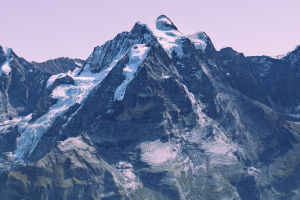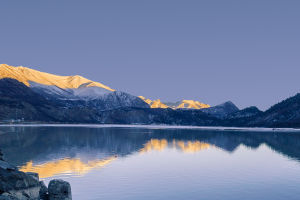When it comes to the symbol of Japan, I believe many people will think of Mount Fuji. Located about 80 kilometers southwest of Tokyo, it is the highest mountain in Japan. The mountains are far away and the scenery is beautiful.
Do you know why Mount Fuji is so popular?
Due to the eruption of the crater, many caves of different sizes were formed at the foot of Mt. Fuji, and some caves are still gushing out to this day.
The walls of the most beautiful Fuyuefeng Cave are also covered with icicles similar to stalactites, which do not melt all year round, which is a rare spectacle.
When the weather is good, watching the sunrise and the sea of clouds on the top of the mountain is an indispensable sightseeing item for tourists from all over the world to Japan.
Mount Fuji is a natural botanical garden. There are more than 2,000 kinds of plants on the mountain, and the vertical distribution is very obvious.
There are two craters of different sizes on the top of the mountain, which are covered with snow all year round.
Areas above 1,500 meters above sea level have no dense vegetation and are considered volcanic deserts, while lower elevations are dominated by virgin forests.
As a landmark in Japan, Mount Fuji is one of Japan's national treasures.
Did you know that? Mount Fuji, which attracts many tourists every year, is not owned by the Japanese government but is privately owned.
In order to open up Mount Fuji and develop tourism, the government also needs to pay a certain rent to the "landlord" of Mount Fuji every year to use it.
As the main attraction of every tourist visiting Japan, the opening hours of the top of Mount Fuji are very short, and the summit can only be reached in July and August.
However, the tourism income that Mount Fuji brings to Japan is very objective, and it can even be said to stimulate the development of Japan's tourism industry.
It is currently dormant, but geologists still classify it as an active volcano. It has erupted 18 times since records began in 781.
Over the years, Mount Fuji has been the subject of Japanese literature and artists’ efforts to sing their praises. In the famous Japanese poem "Waka", it often appears and praises it with poems such as "Fuji white snow reflects the morning sun".
In the hearts of the Japanese, climbing the top of Mount Fuji is a hero.


